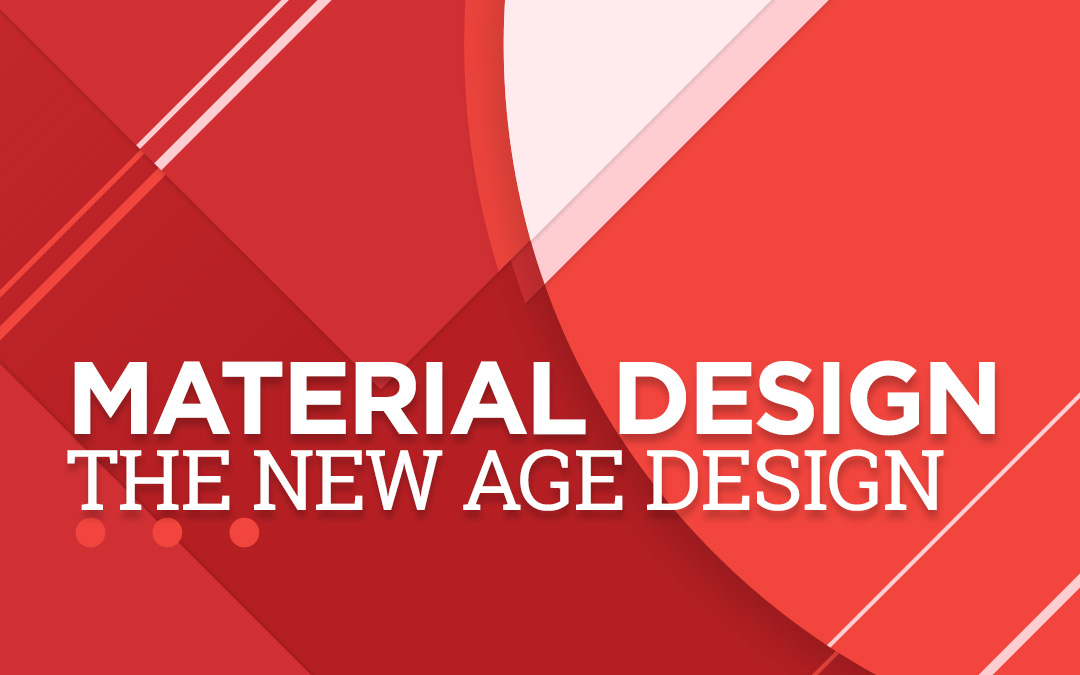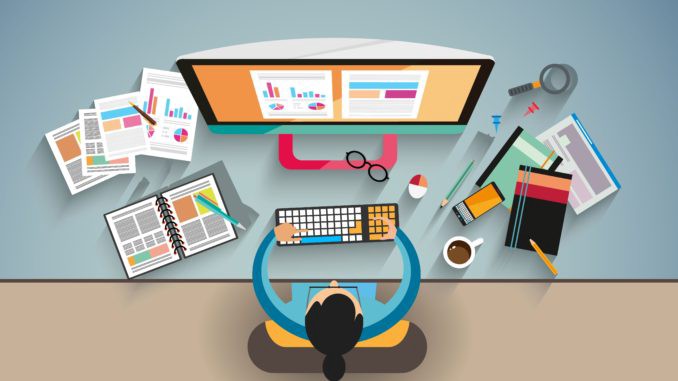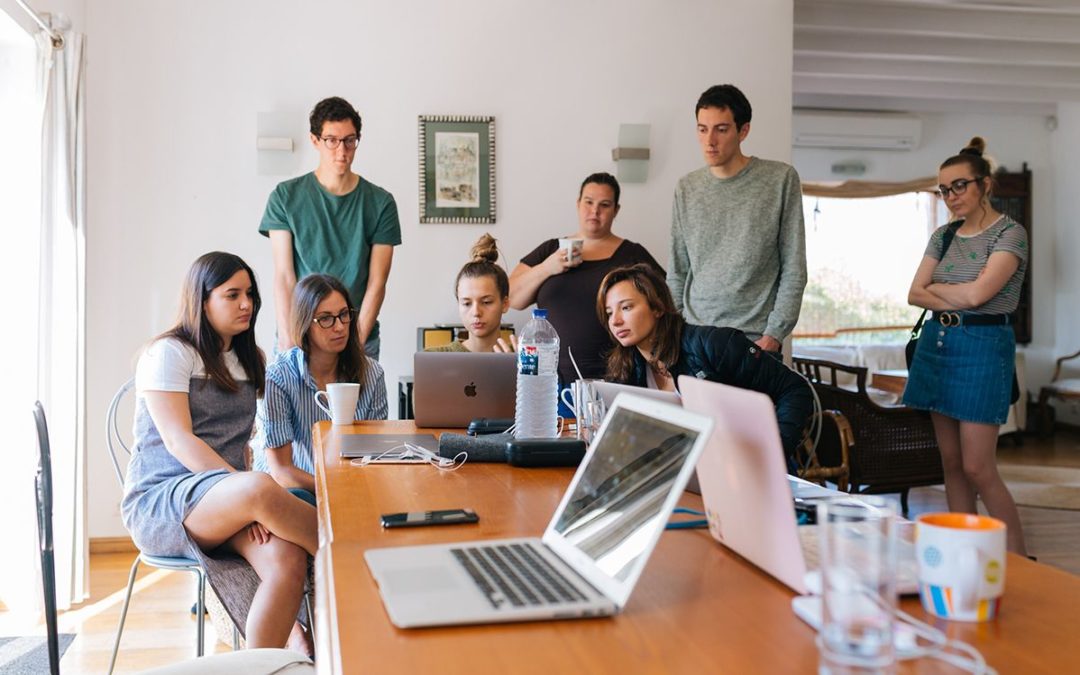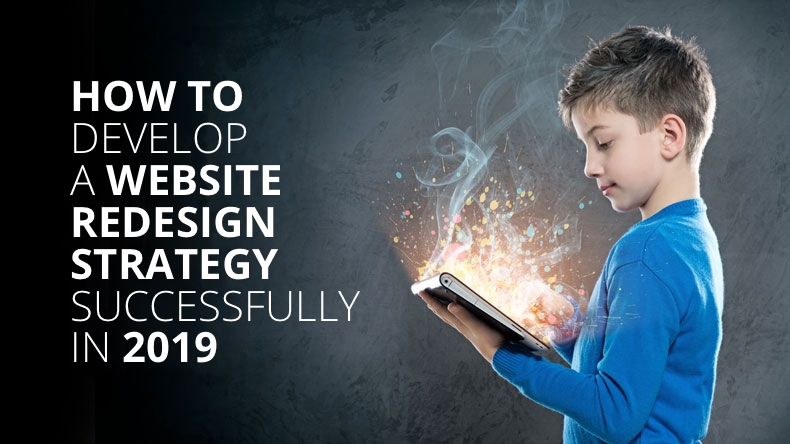Gone are the days when the design was a masterstroke created on paper and ink. It is the digital mode that is creating buzz nowadays. But what if we say that there is a design language that is based on paper and ink even in its digital layout. Yes, that’s right. We are talking about Material Design- a type that is a breather in our design norms and provides a fresh perspective on user interfaces, motion and interaction states.
Last year when Google introduced this new design language, they bought forth a refreshed outlook through design and termed it as a ‘unifying theory of a rationalized space and a system of motion’. The target was to bring the interface in line with reality. To bridge the gap between reality and imagined. Material design brought a novel feel to the design and instantly garnered praises from designers and technologists, owing to its rich set of design styles and principles.
So, is it just about the components that make the interface look different and alive in material design? The answer is no. It is not only the details that we take away but how these details combine to provide an awesome brand experience. Sounds interesting? Want a fresh take on your design style? Read on-
Decoding Design
Google’s Material Design consists of two parts 1) Material 2) Motion:-
Material
Context is important in design. It is through material that we get to know about the surface and edge. The material that provides context includes both the style and content that is very much needed to assess the digital space. The material provides visual cues that in turn give a better understanding of the user interface.
Motion
Motion in material design revolves around the same pattern. Motion through the flow of an application provides context. Motion gives a sense of continuity and the user experiences uninterrupted flow. Ultimately, problems like inconsistency in design or lack of clarity in navigation do not arise. The best example of motion can be an expansion of the material of a card when tapped, occupies the entire screen through its content rather than just the dimensions of the card.
Layout
Material design works on the core principles of print design, as pinpointed by Google. Lot of stress has been laid on building user interfaces that scale well between different types of devices. Scalability is an important parameter in designing products that are successful on multiples devices. One of the important concepts is stacking.
While designing a user interface with material design, you must take into consideration drop shadows, the contrast in color, and z-positioning to give the user a sense of depth in the user interface. Context is created with the help of depth. Floating elements on top of stacks create an impact that leads to call-to-action in a user interface. Advanced designers can use baselines grids to create unique and effective designs. For a pre-made layout, Google’s white frames template can be downloaded.
Interface Takes Over
When it comes to user experiences, Google always eyes on product interfaces. These experiences include interactions with stuff made of metal and plastic, that is, phones and keyboards, but more importantly involve items consisting of pixels, for example, weather apps, and word processors. It is because of these pixels that experiences are formed and perceptions relating to the brands are made. It is these pixels that are an everything-the brand. Material design does not just formulate order, it forms order that has purpose and meaning. We can say that material design is a kind of sensory expression of the Google brand.
Nothing is Left
Material Design has its own specificity that takes design to a new dimension altogether. According to the dynamics of material design, a developer can ruin a UI, if it is in their hands and scope to do so. Also, there is no such thing as no design; the alternative to a good design is bad design. A brand is either build or destroyed by the details of the experience. Even the smallest pixel, like even a Retina one, cannot be left out. Every detail has a role to play.
A High Design
Google has evolved considerably in its design ladder over the last few years. In the year 2011, Gmail was redesigned with flatter buttons and a suitable mix of margin and whitespace. In 2012, Google Now laid hands-on layered cards that had even more whitespace and well structured typographic patterns. Discrete design updates by way of material design have added another milestone in the design process, making it even more meaningful.
Taking its leap towards improvement, the most wonderful aspect of Google’s achievement is its unity that is present across the different sets of products. Even though difficult in operations, material design is Google’s design language that proves that tasks can be done, even at scale. Google has put in a lot of thought into this design language. It is not simply a design language, but an implied set of principles that highlights guided design and interaction. The ambition was to find the simplest set of rules that can sort out all the areas of interface design and interaction.
Space-Time Factor
What makes material design a novelty in the design world? Well, it takes into consideration both space and time as elements of design. The material design does not try to replicate something that is familiar in the physical world, instead, it provides a rule set that dictates the spaces in which elements can appear. It takes screen as a 3-D plane that echoes the physical world. It takes the feeling of paper that is quite tactile and familiar.
Every element has its worth and occupies its own space on the z axis. This creates an effect that the elements even exist beyond the pane of glass, that is, inside the device. In this way, every element feels within the space. The spatial relationship is created in a manner that is electronic and digital in a different way, yet not alien. The feel is familiar, but there is still some surprise element to it.
Time is one aspect that is often left ignored in the user experience arena. The experience is not just limited to the states of the device, but also the transitions between the states. States that do not make a smooth jump are frustrating for the user. It obstructs the continuity and leaves the audience jarred. Users are aware. They can very well notice the elements that cut between the states or enter the field of view with no clear entry point.
The change becomes sudden and feels electronic and alien. The illusion has a surreal effect and the immersion is bleak in itself. Now, if you are thinking that animation can resolve all the issues. Well, this is not that simple. Animation will only be effective if it has a real feel to it. It should appear governed by some real forces much like the objects in the world. Material design is a super layout base that works on the guidelines of mass and weight.
Material design does not just incorporate animation but lays major stress over it. It is not just an option that comes under the ‘looks good’ section rather falls under the meaningful animation category. It enhances the usability of a product. Flat design had become difficult to follow as it was challenging to illustrate the hierarchy of many competing objects.
There was a limitation as far as color, size and spacing were concerned. To combat this difficulty, time was utilized which indeed proved to be a powerful element in knitting an interactive experience. If any object is timed to appear first, we will catch sight of it first and will be more controlled by it as compared to the objects that follow.
The guidelines and features bring into force new stuff like real-time UI shadows and ‘hero’ elements in Android. With material design, elevation value to each part of the apps can be assigned with the help of which Google’s framework can instantly generate virtual light sources to create a feeling of depth which will tell visually about the areas of apps to interact.
Now, the cards are no longer just generic windows that fit into the interface. Cards are the interface that is sewn together like a patchwork quilt that appears on the screen with depth and enables smooth transitions to anything you want to do. Let’s just say, Material Design is the new way to design.
Take it All
With material design, even the simplest touch is not left as it translates it to the ‘material’ effects. Bright colors and playful transitions bring in evolution through Google’s new interface. The delightful animations and material elements pronounce it to be very much for the next generation. No doubt, material design is a splendid attempt in providing a design framework for human/device interaction.
For further references-
https://en.wikipedia.org/wiki/Material_Design
http://www.theverge.com/2014/6/25/5841044/material-design-new-google-interface-2014
http://www.fastcodesign.com/3032378/googles-new-improved-android-will-deliver-a-unified-design-language
In my next article, I will be talking about how color dictates the code in a design. Color adds its own characteristic and enhances the power of the design. The article will highlight some of the governing principles of visual appeal through color.



